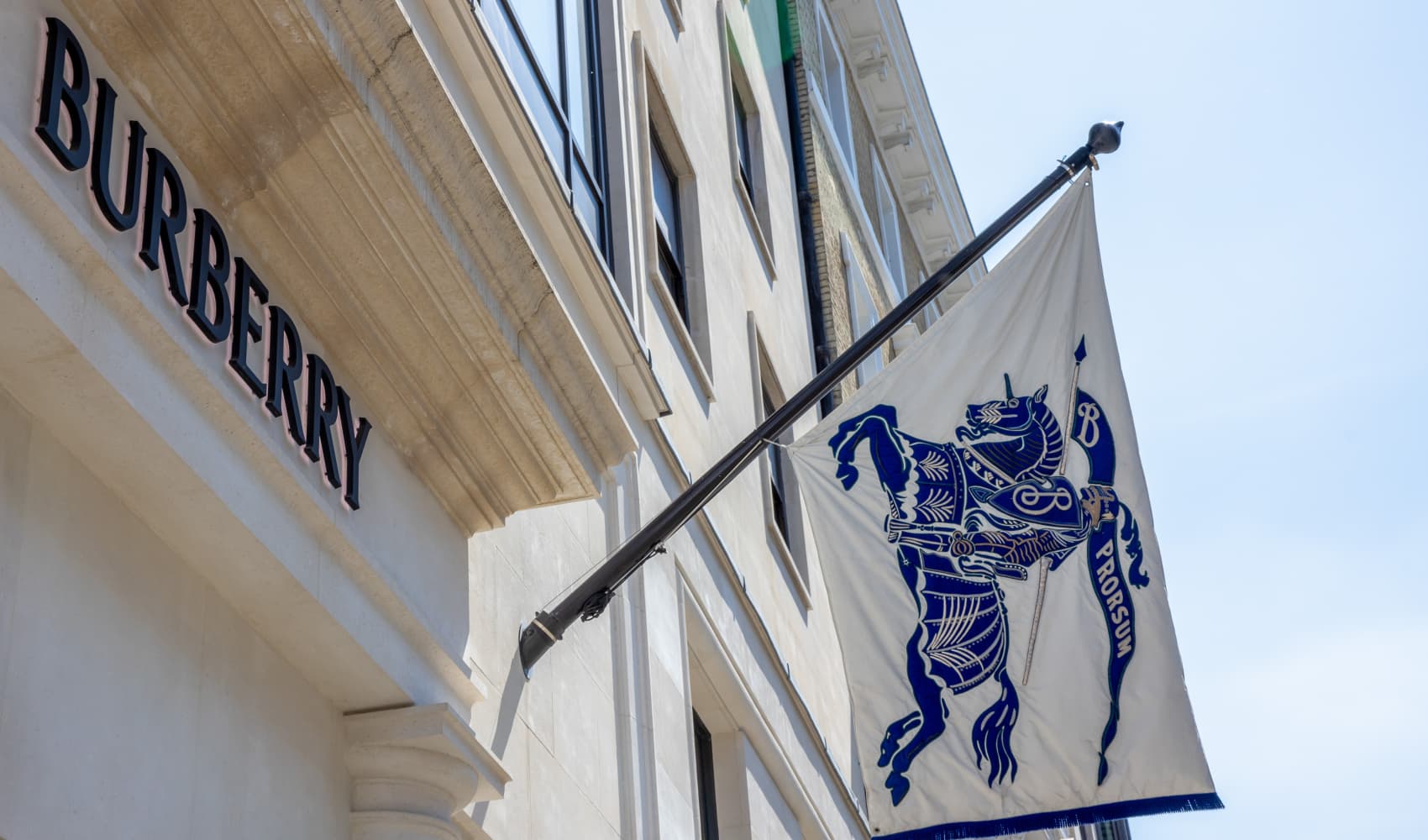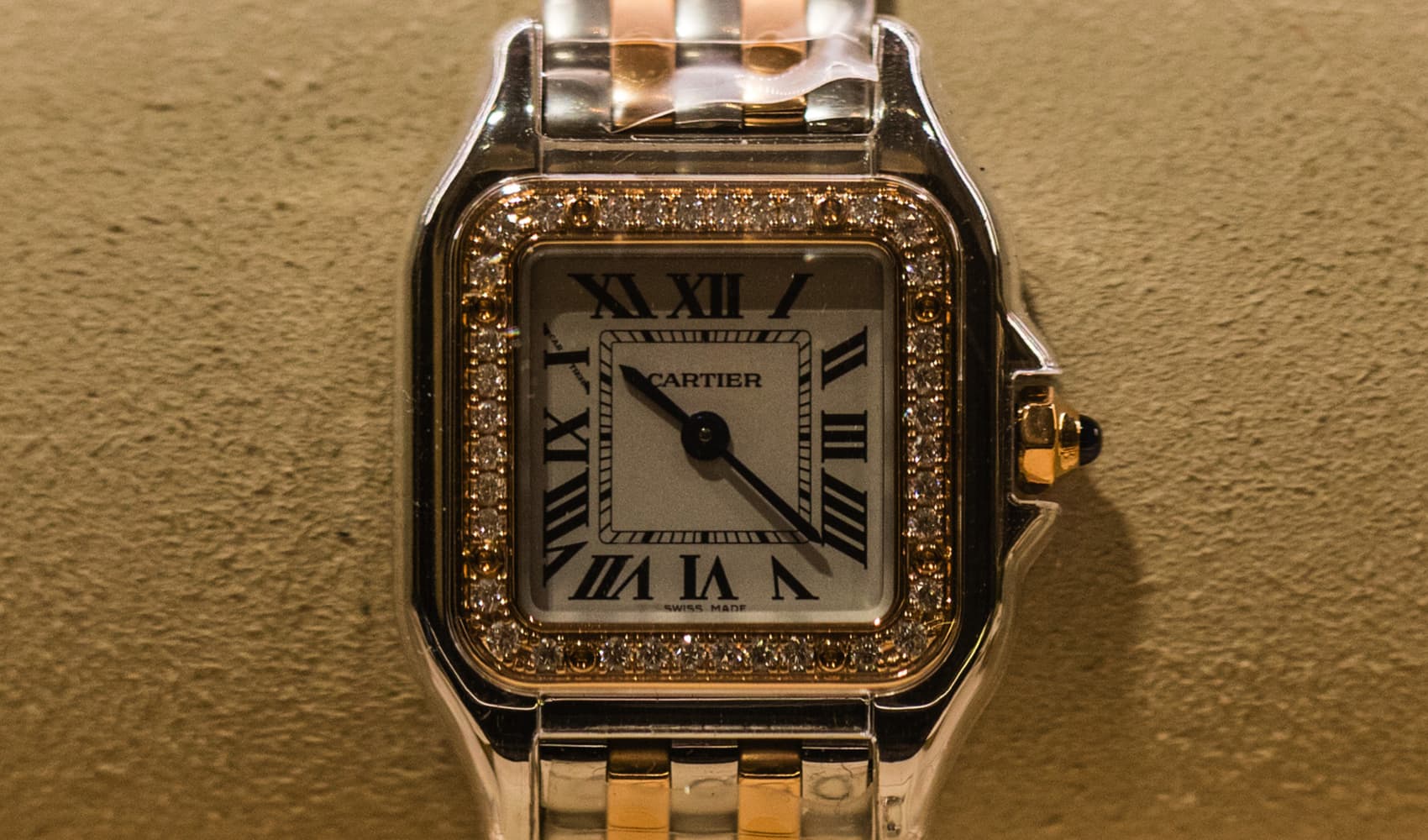Burberry Cuts 1,700 Jobs: What's the Turnaround Plan?
Burberry's Big Reboot: 1,700 Jobs on the Line!
Introduction: A Stitch in Time… or a Brand Overhaul?
Burberry, the iconic British luxury brand, is undergoing some serious alterations. We're not just talking about tweaking the hemline on a trench coat; we're talking about a full-blown organizational revamp. This week, the company announced changes that could impact a significant number of employees. So, what's going on? Is this just another case of corporate cost-cutting, or is there a deeper strategy at play? Let's dive into the details and see what this means for the future of Burberry.
The 1,700 Question: Job Cuts on the Horizon
The headline grabbing news is the potential reduction of around 1,700 roles globally. That's a significant number of people whose livelihoods could be affected. Burberry has stated that these measures are part of a broader plan to reduce "people-related costs" over the next few years. But what does that really mean?
What's the Timeline?
This isn't an overnight change. The program is expected to run until 2027, giving the company some runway to implement these changes gradually. This extended timeline could suggest that Burberry is trying to manage the transition as smoothly as possible, but it also means a period of uncertainty for employees.
Where Will the Cuts Happen?
Details about exactly which roles and locations will be affected are still emerging. Burberry has a global presence, so these cuts could potentially impact employees in various departments and regions. Keep your eyes peeled for further announcements as the program unfolds.
Sales Slump: The Reason Behind the Reboot?
While Burberry's announcement might seem sudden, it comes against a backdrop of slightly disappointing sales figures. In the fiscal fourth quarter, sales fell by 6%. While this was slightly less than analysts had predicted, it's still a decline. So, is this dip in sales the primary driver behind the cost-cutting measures? Probably, the brand needs to realign their financial resources and refocus on sales growth.
Cost-Cutting Across the Board: It's Not Just About Jobs
The job cuts are just one piece of the puzzle. Burberry is also looking to reduce costs across other areas, including procurement and real estate. Think about it: renegotiating contracts with suppliers and optimizing their physical footprint. These measures are estimated to lead to cost savings of £60 million ($79.9 million). That’s a lot of savings, and it shows the extent of Burberry’s restructuring ambition.
Procurement Efficiency: Squeezing the Supply Chain
Procurement is the process of acquiring goods and services. By streamlining this process and negotiating better deals with suppliers, Burberry hopes to reduce its costs. This might involve finding alternative suppliers, consolidating purchases, or implementing more efficient inventory management systems.
Real Estate Optimization: Downsizing the Empire?
Real estate is another area where Burberry is looking to save money. This could involve closing underperforming stores, downsizing office spaces, or renegotiating leases. With the rise of online shopping, many retailers are re-evaluating their physical presence. Burberry is probably just following the trend.
The Turnaround Strategy: A Fresh Coat of Paint?
Burberry has been working on a turnaround strategy for some time now, aiming to revitalize the brand and boost sales. This involves several key initiatives, like enhancing the brand's appeal to younger consumers, expanding its digital presence, and launching new product lines. But, how are these initiatives supposed to improve things for Burberry?
Appealing to the Next Generation: TikTok, Anyone?
Luxury brands can't ignore the power of social media. Burberry is actively trying to engage with younger audiences through platforms like TikTok and Instagram. This involves creating engaging content, collaborating with influencers, and showcasing the brand's heritage in a modern way.
Digital Expansion: Clicking with Customers Online
Online shopping is no longer a luxury; it's a necessity. Burberry is investing heavily in its e-commerce platform to provide customers with a seamless and convenient shopping experience. This includes improving website functionality, offering personalized recommendations, and providing faster shipping options.
New Product Lines: Diversifying the Offerings
Burberry is also diversifying its product lines to appeal to a wider range of customers. This includes launching new collections of clothing, accessories, and beauty products. The goal is to create products that are both stylish and accessible, while still maintaining the brand's luxury image.
The Luxury Market Landscape: Is Burberry Alone?
Burberry isn't the only luxury brand facing challenges. The luxury market as a whole has been undergoing a period of change, with increased competition, shifting consumer preferences, and economic uncertainty. This could mean that other brands are thinking about similar cost-cutting and restructuring measures.
Impact on Employees: Uncertainty and Anxiety
The potential job cuts are undoubtedly causing anxiety and uncertainty among Burberry employees. It's important for the company to communicate clearly and transparently with its workforce during this difficult time. Offering support services, such as career counseling and retraining programs, can also help employees navigate the transition.
The Future of Burberry: Will the Turnaround Succeed?
The success of Burberry's turnaround strategy remains to be seen. The company faces a number of challenges, including intense competition, changing consumer preferences, and economic headwinds. However, Burberry also has a number of strengths, including a strong brand heritage, a loyal customer base, and a talented team of designers and marketers. So, what will the next chapter in Burberry’s journey look like?
The Analyst's Take: What Are the Experts Saying?
Industry analysts are closely watching Burberry's turnaround efforts. Some are optimistic about the company's prospects, pointing to its strong brand and innovative products. Others are more cautious, citing the challenges facing the luxury market as a whole. The key is to wait and see if the company can execute its strategy effectively.
Conclusion: A New Era for Burberry?
Burberry's announcement of potential job cuts and cost-saving measures signals a significant shift in the company's strategy. While the news is undoubtedly unsettling for employees, it reflects a broader effort to revitalize the brand, adapt to changing market conditions, and secure its long-term future. Whether this turnaround will succeed remains to be seen, but it's clear that Burberry is determined to remain a major player in the luxury market.
Frequently Asked Questions (FAQs)
Here are some common questions about Burberry's recent announcement:
- Q: Why is Burberry cutting jobs?
A: Burberry is implementing cost-cutting measures, including potential job reductions, as part of a broader turnaround strategy to revitalize the brand and improve financial performance. - Q: How many jobs are affected?
A: The measures could impact around 1,700 roles globally. - Q: When will these changes take place?
A: The program is set to complete by 2027. - Q: Besides job cuts, what other cost-saving measures is Burberry taking?
A: Burberry is also focusing on cost reductions in procurement and real estate. - Q: What is Burberry's turnaround strategy focused on?
A: The strategy includes appealing to younger consumers, expanding its digital presence, and launching new product lines.

